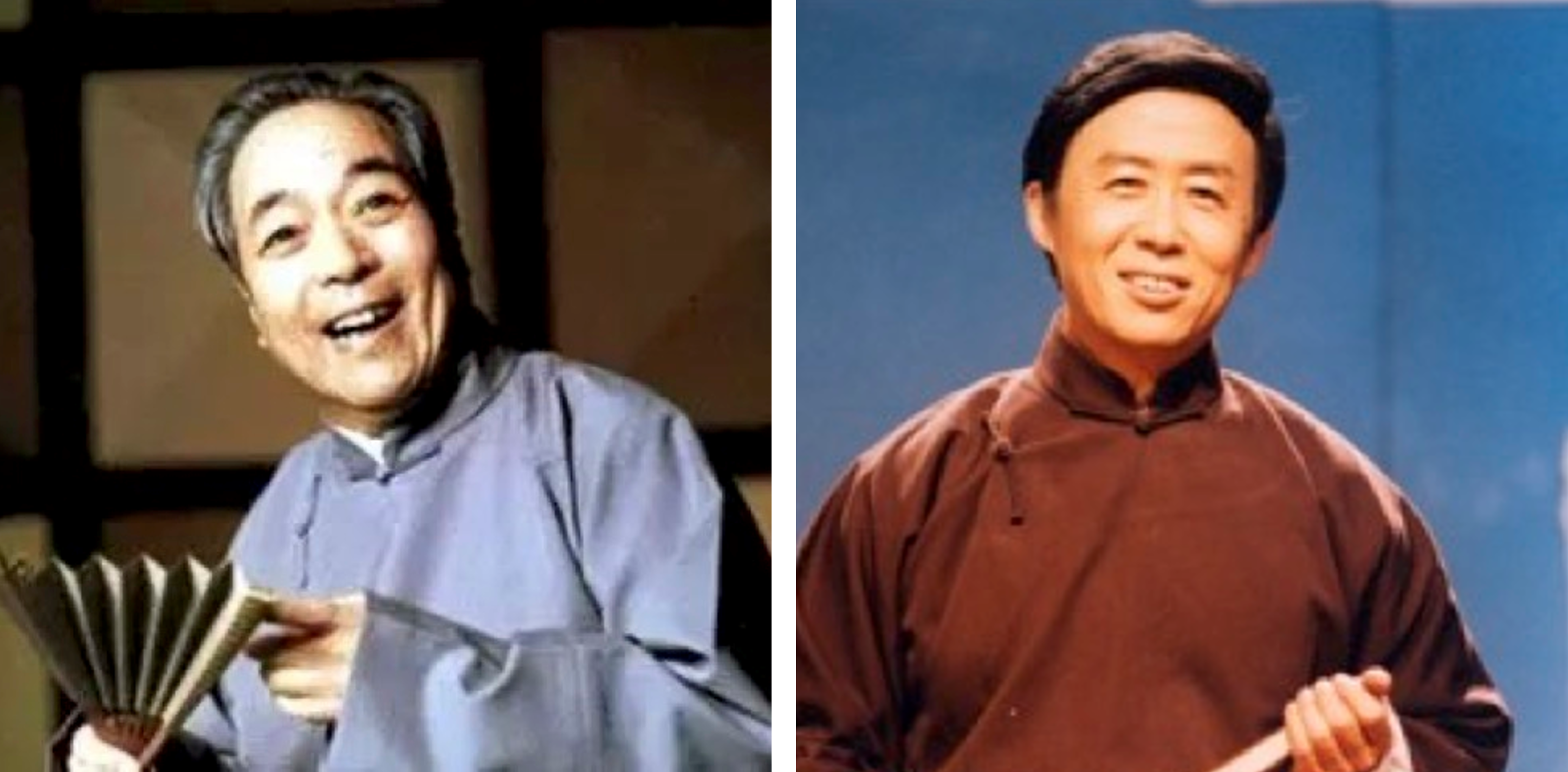Pingshu – Traditional Chinese Storytelling
This post comes courtesy of our publisher partner TrueLake. Shop titles from TrueLake in Marketplace here.
In this blog, we’ll introduce you to Pingshu – traditional Chinese storytelling. Pingshu is an art form with no true equivalent in the Western world and, although it is considered “traditional”, it has a strong following in modern China. It is extremely popular on the Internet, with some titles boasting over a billion downloads and accesses.
The History of Pingshu
The origins of Pingshu date back to the Song Dynasty (960-1279), but it’s believed to have truly found its form during the Ming (1368-1644) and Qing (1644-1912) dynasties. Its roots lie in the age-old custom of oral storytelling, where stories were shared and opera pieces performed in tea houses, streets, and public squares.
Over time, Pingshu began integrating elements of literature, history, folklore, and traditional Chinese operas, broadening its narrative horizons and enriching its art form.
Crafting the Stories
Creating a Pingshu performance is a delicate balance of various skills. A storyteller must possess an exceptional memory, a knack for crafting narratives, and knowledge of Chinese literature and history. Often, the narrative for a Pingshu performance is derived from a popular novel or historical event.
Pingshu also incorporates significant levels of improvisation. Performers typically modify the original text, adding commentary and humor, creating suspense, and introducing new characters or plot twists. These elements make each performance distinct and custom-tailored to its specific audience and setting.
Famous Pingshu Storytellers
Among the many Pingshu performers who have graced the stage over the centuries, a few stand out for their exceptional narrative skill and popularity.

Yuan Kuocheng (1929-2015), a renowned Pingshu performer, is cherished for his vibrant storytelling style and powerful voice. His delivery, marked by a dramatic flair and a deep comprehension of Chinese history, has captured audiences far and wide, playing a significant role in promoting the traditional art form of Pingshu in the modern era.
Tian Lianyuan (born 1941), another accomplished Pingshu artist, is known for his remarkable narrative style. His performances are characteristically rich in their dramatic tension and emotional resonance, which captivates the audience and brings the narratives to life.
Pingshu of Today
Traditional Pingshu performers often wear gowns and stand behind a table, making use of a handkerchief, a folded fan and a gavel (serving as a prop to strike the table as a warning to the audience to be quiet or as a means of attracting attention in order to strengthen the effect of the performance, especially at the beginning or during intervals). They often add their own commentaries on the subjects and the characters in their storytelling. In this way, the audience, while watching their performances, is not only entertained, but also educated and enlightened. Travelers in Beijing will often find taxi drivers listening to Pingshu stories on the radio.
TrueLake and Pingshu
TrueLake is one of the foremost creators and publishers of Pingshu audiobooks and videos in China. Over the past few years, we have begun providing our high-quality titles to the rest of the world through our partnership with OverDrive. TrueLake Pingshu titles have found immediate success and popularity among the 80-million strong overseas Chinese as well as with advanced learners of Mandarin Chinese.
Tags In
Browse blog and media articles
Public Library Training
K-12 Library Training
